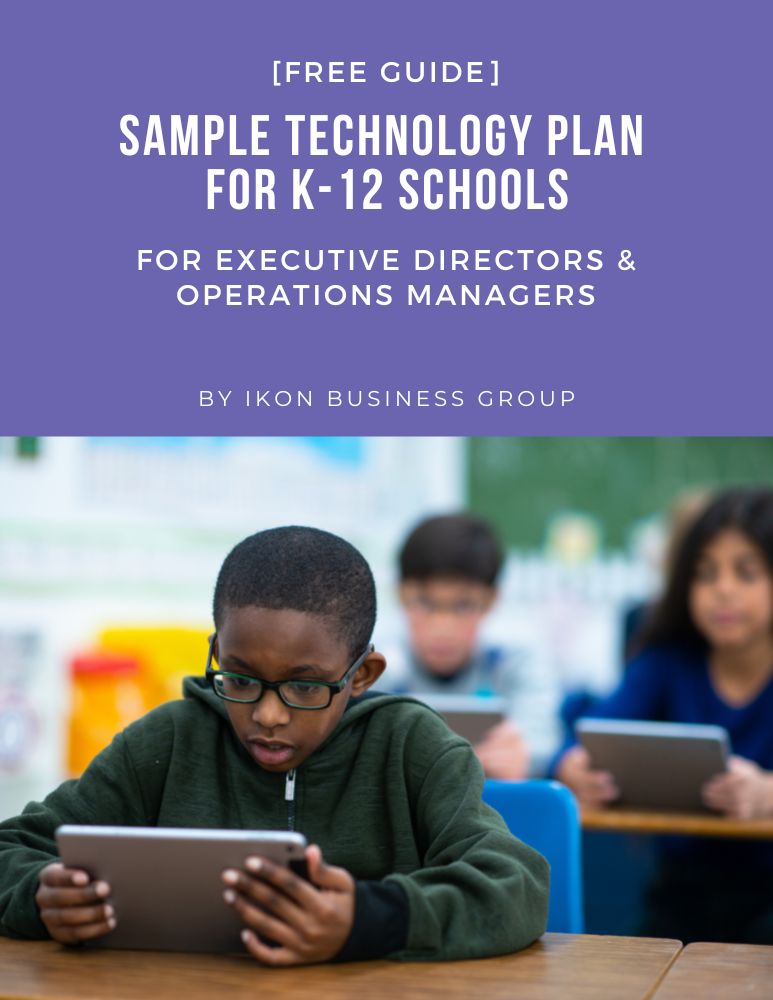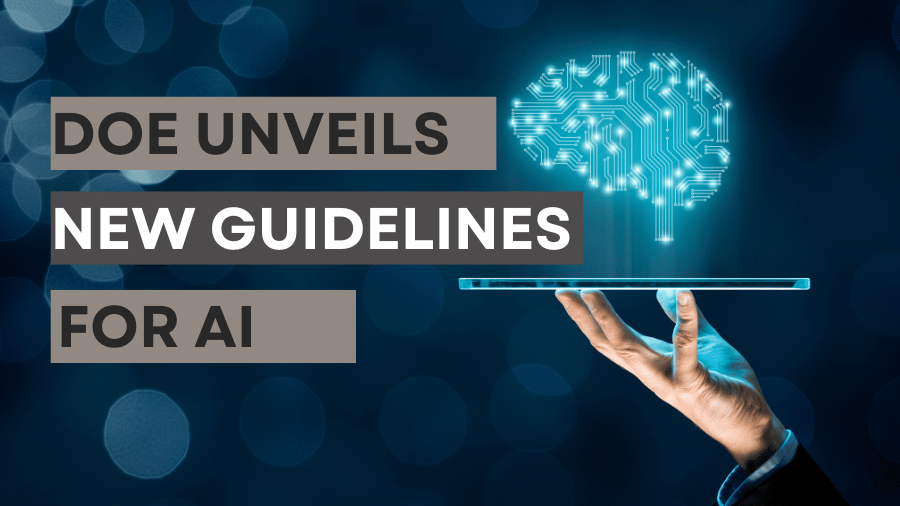Navigating the AI Wave in Education: Insights from the DOE’s Report
The arrival of ChatGPT last fall propelled generative artificial intelligence into the limelight, accelerating its development and applications. Within the K–12 realm, an air of anticipation is palpable.
With AI making strides in education, schools are racing to establish best practices, policies, and practical guidance. Responding to this call, the U.S. Department of Education (DOE) has issued guidance on AI for schools.
The DOE’s report, titled “Artificial Intelligence and the Future of Teaching and Learning,” delves deep into AI’s potential for enhancing the classroom experience.
The report serves up insights and recommendations on AI’s application in education, according to a DOE representative. It contemplates how AI can transform the landscape by shifting from merely capturing data to identifying patterns within it, and from providing access to instructional resources to automating teaching and learning processes.
A set of practical strategies is outlined in the report, encompassing:
1. Keeping Humans in the Loop
Ensuring that educators remain central in the integration of AI is a top priority. Teachers must be part of procurement discussions as schools adopt new AI-supported technologies. Transparency about AI tools and how student data is utilized is crucial.
2. Developing New Pedagogical Models
AI provides an opportunity to create innovative instructional models, moving beyond traditional paper-based approaches. It prompts educators to rethink how students learn and encourages critical thinking and inquiry-based learning.
3. Strengthening Trust
Building trust in AI products among teachers and students necessitates transparency. Understanding how these tools function, where the data originates, and comprehending the algorithms involved is vital. Guarding against biases is essential.
In the pursuit of equitable AI implementation, the DOE’s report aligns with other AI guidance documents. Before the pandemic, schools with greater resources often enjoyed enhanced connectivity and device availability. The DOE’s aim is to prevent a similar divide when it comes to access to AI. By addressing bias, equity, and technical security, they hope to pave the way for a balanced AI integration.
From the DOE’s guidance, educators and school officials glean significant insights. AI holds transformational potential by fostering new forms of interaction and adaptivity in learning. Importantly, AI is not poised to replace educators; rather, it will augment their roles and afford them more time for personalized learning experiences.
Leveraging the DOE’s guidance and emerging ideas, districts can craft policies that empower AI usage while preserving educators’ pivotal role. It’s crucial to ensure that educators remain stewards of their students’ learning journeys.
As the AI tide continues to rise, the DOE’s report acts as a compass, guiding educators through uncharted waters towards an educational landscape enriched by technology, yet firmly anchored by human expertise.


